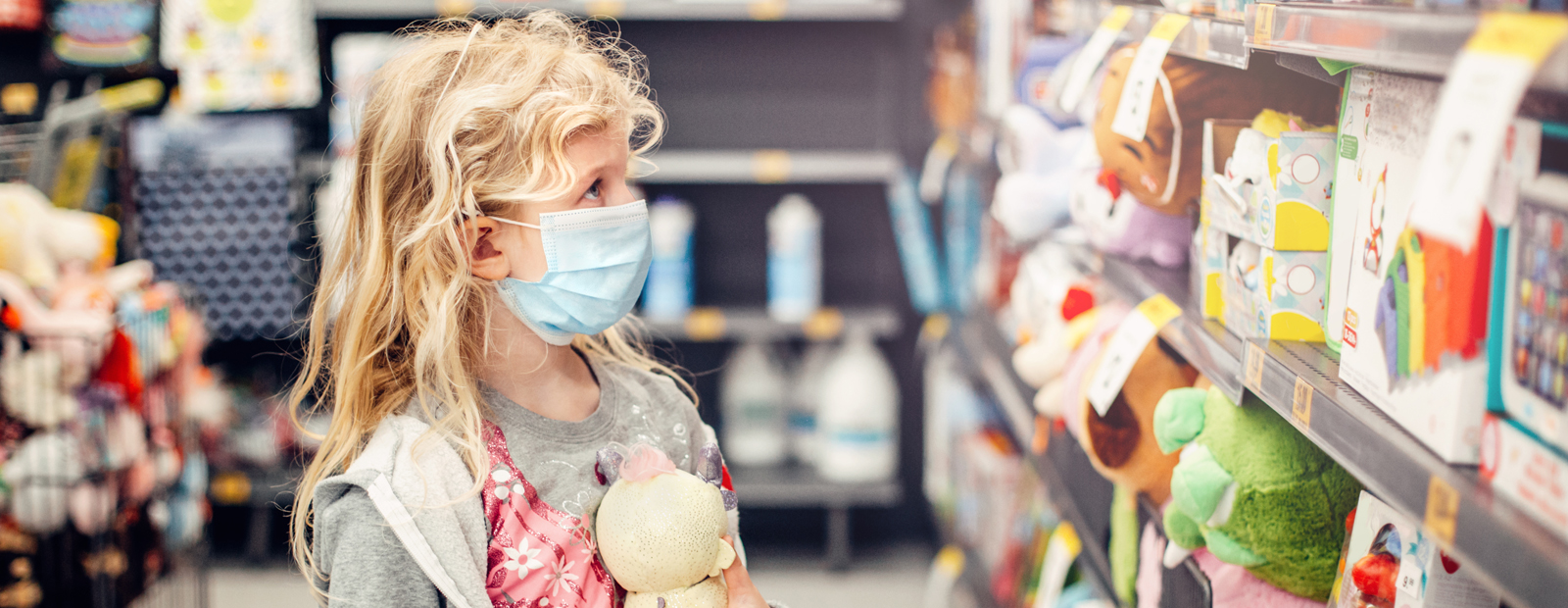No one wants a visit to the hospital because a flying fairy doll handed out concussions on Christmas morning or because a toothy Cabbage Patch Doll's hunger for human hair ruined a family gathering. Those are just two of the many toy products whose firms have had to issue recalls.
Dr. Etayankara (Murli) Muralidharan’s latest study (published with Professor Hari Bapuji and Dr. Manpreet Hora) offers consumers insight into toy recalls and why in some cases, it takes so long for a product recall to go into effect.
The reason for a toy being recalled is that the product is in some way defective (whether because of a design defect or because of a manufacturing-related defect). These defective products need to be recalled so that they can be repaired or replaced, and depending on the severity of the hazard involved (in some cases injury or death), the product may need to be recalled from the market as soon as possible to avoid increasing injuries and deaths.
And timing is everything — though it is viewed differently by the different stakeholders involved.
"Timing of recalls is a dilemma that managers face during such a crisis," says Dr. Muralidharan, associate professor and chair of International Business, Marketing, Strategy and Law in the School of Business. "From the consumer's point of view, early recalls would stem injuries and deaths. However, from the firms’ point of view, early recalls could convey to stakeholders of systemic problems in the manufacturing processes of the firm."
On top of that, recalling products from the market can lead to high direct costs (e.g., remedial solutions) and indirect costs (e.g., reputational damage and public backlash) for firms.
"Surprisingly, our findings in the toy industry were the opposite of what was found in the auto industry where firms that experienced recalls tend to quickly recall products with severe problems," Dr. Muralidharan says.
The researchers found that under conditions of high hazard severity, the time to recall a toy product is longer 1) for firms with past recall experience, 2) for recalls of products involving design defects (which means, because design is done in-house, that the firm is seen as directly responsible) and 3) for high-priced products in the toy industry.
Dr. Muralidharan says firms that have recalled products in the past (particularly those with a high hazard severity) would have experienced high costs associated with putting out a recall and may be cautious about executing a new one. And for the high-priced products, the high costs for the remedial solutions may give firms some pause in issuing a recall.
So before you purchase the toys in your holiday shopping cart, Dr. Muralidharan suggests taking a moment to research the products and look up the recall history of the firms and outlets you intend to purchase from.
